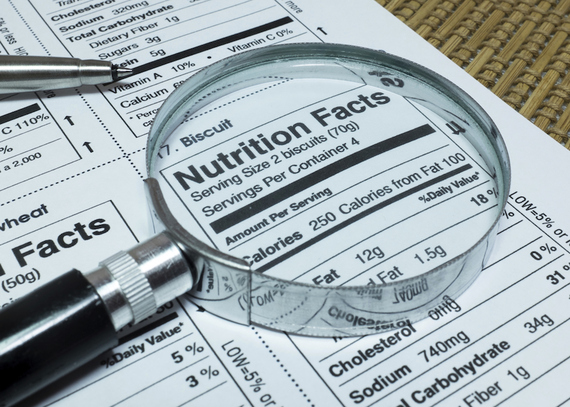If the serving size for ice cream were to jump from 1/2 cup to 1 cup, would you eat more? Some experts are worried you might.
Among the proposed changes to the FDA Nutrition Facts label is the issue of recalculating serving sizes to reflect real-life consumption. In most cases, serving sizes would increase -- ice cream and soft drinks are two products that would be affected. For example, those two servings in a 20-ounce bottle of soda would now be counted as one, since consumption data consistently shows people generally eat and drink almost all, if not everything, of what's in front of them. According to the FDA, "By law, serving sizes must be based on how much food people actually consume ... not on what they should eat."
This could be problematic given that more than half of consumers interpret "serving size" as a recommendation of how much they should eat or drink. This is concerning to the Behavioral Science and Regulation Group, a collection of students and fellows at Harvard, who told Food Navigator that while the changes may be "appropriate," this "could lead [consumers] to eat more than they otherwise would ... because these consumers believe that the FDA has implicitly endorsed the serving size as healthy."
The American Diabetes Association has urged the FDA "to conduct consumer education to ensure these changes ... are not misunderstood by consumers as recommendations to consume larger portions." Consumer education campaigns could mean big bucks though. One alternative proposed by the Behavioral Science and Regulation Group could offer a simpler solution. "We suggest that the word 'serving' and the phrase 'serving size' be changed to avoid an implied endorsement. Changing 'serving' to a word that does not suggest the context of a meal, like 'unit' or 'quantity,' may mitigate the endorsement effect." For example, rather than "Serving Size: 20 fluid ounces," the Nutrition Facts Label on a soda bottle might read, "Quantity: 20 fluid ounces."
The proposed changes are currently open for public comment through Aug. 1. Once the final changes have been agreed upon, food manufacturers will have two years to switch to the updated label.
For an overview of the other proposed changes, check out 6 Ways the Nutrition Facts Label May Change.
What do you think? Do serving sizes on labels impact how much you eat? Would the word "quantity" change how much ice cream you scoop from a carton?
